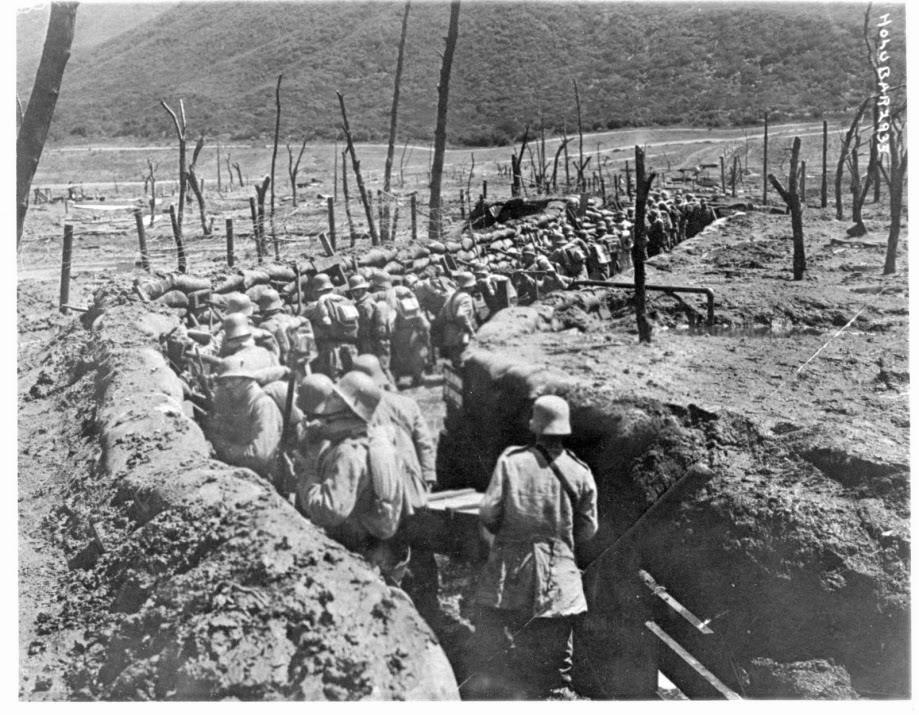


In this way, the rules of war and limits of violence that were generally observed during European wars throughout the nineteenth century gradually eroded or were even completely disregarded.įollowing the end of hostilities with the armistice on November 11, 1918, the Paris Peace Conference convened in January 1919 at Versailles, just outside of the city, to establish the terms of a peace treaty between the thirty nations invited to participate in deliberations. Such technologically-advanced and lethal modes of violence were often brought to civilian spaces, as evidenced by the use of zeppelins for bombing raids in England. Even more than simply the means of warfare, the extent to which such tactics were used indicate a total war strategy during World War I. Widespread use of chemical warfare and new high-volume weapons - both products of industrialization - significantly increased casualties using fewer resources. The unprecedented level of violence, powered by new machines and technologies that originated in the second industrial revolution, also characterizes World War I as a total war. Thus, in total war the division between combatants and non-combatants diminishes or even vanishes as opposing sides consider every human resource as contributing to the war effort. It also does not prohibit attacks on the civilian space, infrastructure, and supplies that support the enemy war effort. Total war is a type of warfare that mobilizes domestic society and all of its resources in the war effort, and prioritizes warfare over civilian or domestic matters. The Hindenburg Line was attacked several times in 19 and was finally broken in September 1918, during the Hundred Days Offensive. Fields of barbed-wire up to 100 yards deep were also placed in front of the trench system. The Line also integrated important infrastructure, including buried telephone cables and light railways to carry supplies. The line stretched 90 miles long and was built for a garrison of 20 divisions (about 300,000 men), one every 4.5 miles. The defenses were built by German companies using early mass production techniques, while a mix of German workers, Belgian forced laborers, and Russian prisoners of war dug the trenches. Realizing the likely need to withdraw back to intensively fortified defensive positions in order to hold out against the more numerous British and French forces, construction of the Hindenburg Line began in September 1916. With fewer soldiers than their opponents, an army divided between two fronts, and lagging munitions production on the home front, the German offensive at the Battle of Verdun on the Western Front had been a costly failure and Anglo-French attacks continued to inflict serious losses on the German army at the Somme. As such, historians consider the Battle of Verdun to be a French victory.The Hindenburg Line was a German defensive position built on the Western Front along the Aisne River.

By the end of the battle, France was able to push the Germans back and Germany had failed to achieve its goal in the region. This weakened the German offensive at Verdun to primarily an artillery attack and better allowed the French the ability to defend and even recapture many of the forts that they had earlier lost. In July of 1916, the Battle of the Somme also began, which caused Germany to divert troops from Verdun to the Somme. Despite coming within 2 miles of the city of Verdun, the German forces were never able to capture the city during the World War I battle. However, French troops began on strengthening the French defenses in and around Verdun and soon the French brought re-enforcements into the region to help defend. The German soldiers were able to capture several of the forts around Verdun, as the French defenses were weak and unable to stop the German assault. The German assault began on February 21st and involved the German artillery launching artillery shells into the region followed by a German offensive of infantry soldiers.


 0 kommentar(er)
0 kommentar(er)
